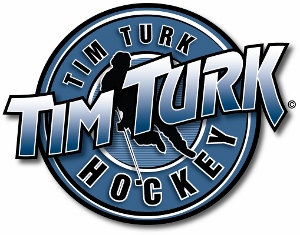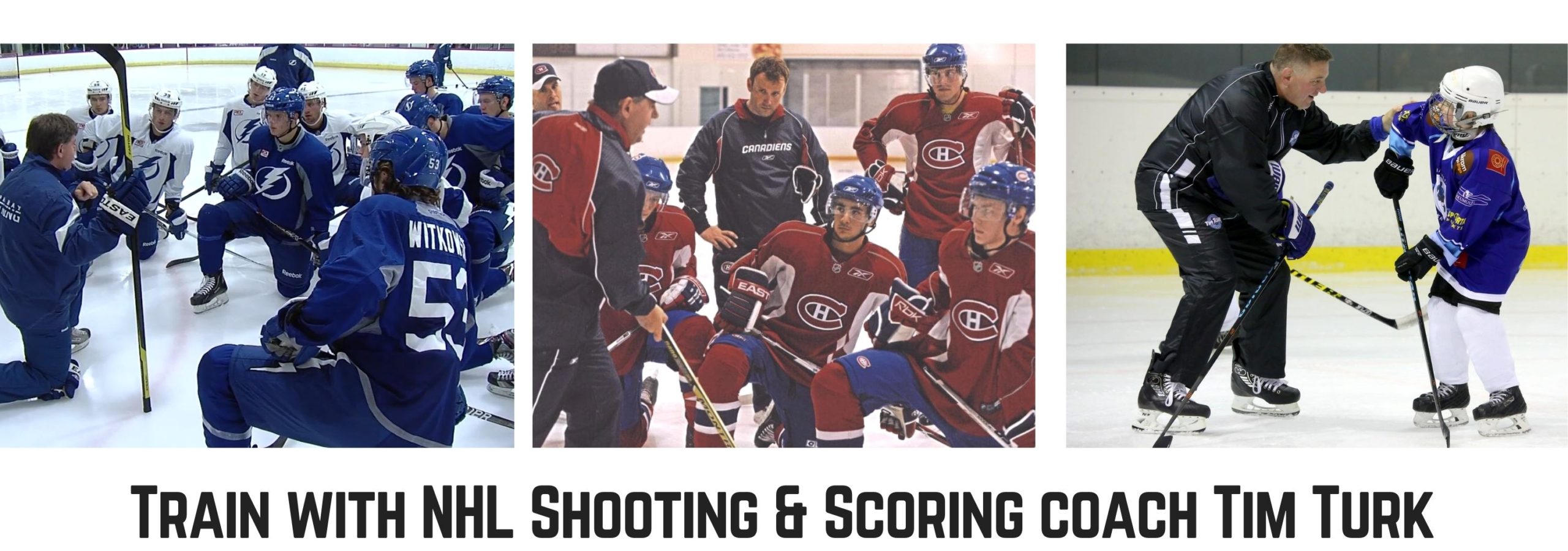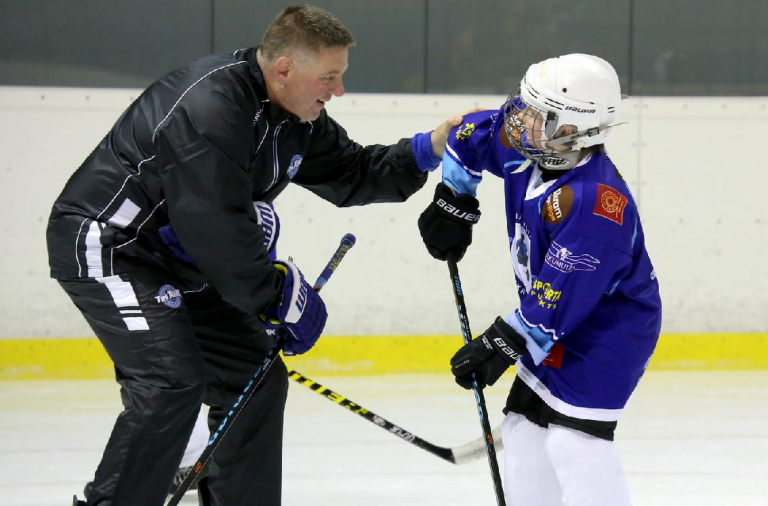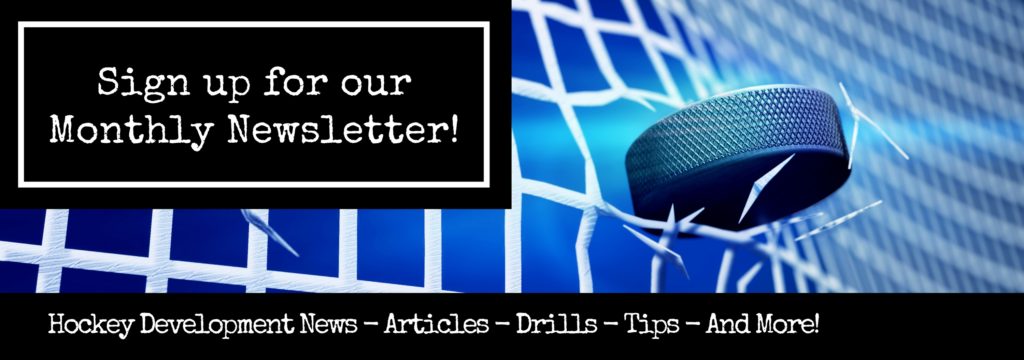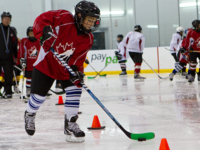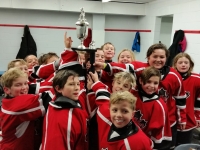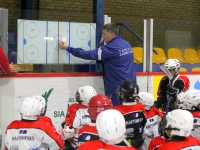One thing that makes a great Minor Hockey Coach is understanding that every player you come across on your team is different & will provide your team with different benefits. This does not just apply to your player’s ability to play Hockey: that one player is only suited to be a goalie or that one player only has the attributes of a defensive player. What you need to remember is that at the minor level, it is hard to set your players into a defined box as they are all still developing their game and figuring out how they want to play their style of Hockey.
One of the key factors that will set your players apart from an early age in your team, is that each player learns differently. You will find during your coaching sessions that a technique or skill that may frustrate one of your players for hours on hours and just seems beyond their grasp, may be picked up flawlessly by a different player in a matter of minutes. The reason being that some ice hockey players will just be able to listen to your coaching and integrate your feedback into their game, however, not every player is capable of doing this. Don’t worry. Below we break down some of the different learning techniques for you below to help with any challenges you face during your coaching sessions.
1) Visual Learners
Players that are visual learners will not be able to just listen or be told about new team formation on the ice rink or that their stick position is too low for the puck. Be aware that they may nod when you are providing them feedback, but verbal coaching is not going to work for them. Remember that at the minor level, some players are not confident enough to inform you that they do understand or need to be shown the play. It will be up to you to spot which of your players is having difficulties and comprehend that they need to physically see what they should be doing. This will mean showing them the correct stick location or correct position they need to be in during the play. You could for example dry run a formation and let them watch their teammates.
2) Hands On Learners
Now hands on learners are more difficult players to coach in the sense that they may require more of your time to teach them – please note that it does not mean that they are not capable Hockey players or do not have the potential. You will just need to take some extra time, for example you may need to skate with them on the hockey rink to ghost them & keep them in the correct position. When learning how to correctly cradle the puck, you may need to move their stick and put their hands in the correct location/position.
3) Verbal Learners
Probably the easiest players to coach as they are able to quickly learn from verbal instruction and listening to your feedback. It is important to note though that verbal learners can also come in the form of reading, sometimes listening is not enough but if they were to read instructions or a book about Ice Hockey tactics then suddenly it all becomes clear. At the minor hockey levels this type of learner is not come across as often, as most players’ main focus at this stage in their careers is practicing their mechanics and just wanting to play the game as much as possible.
– Tim Turk Hockey
